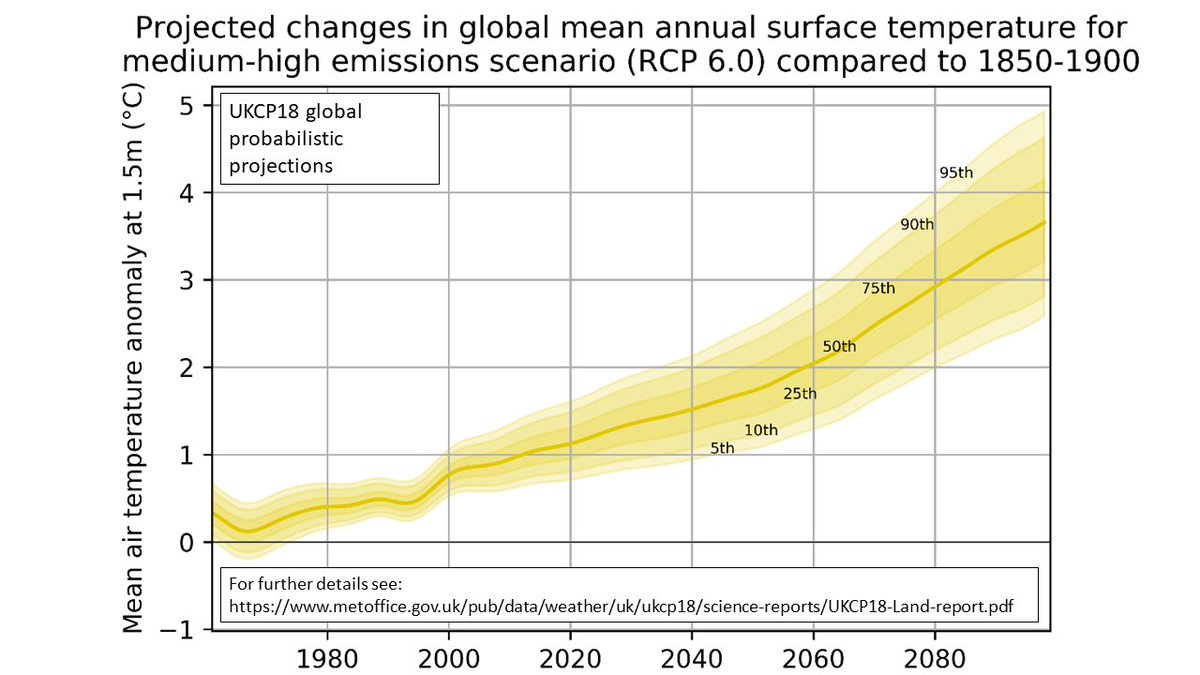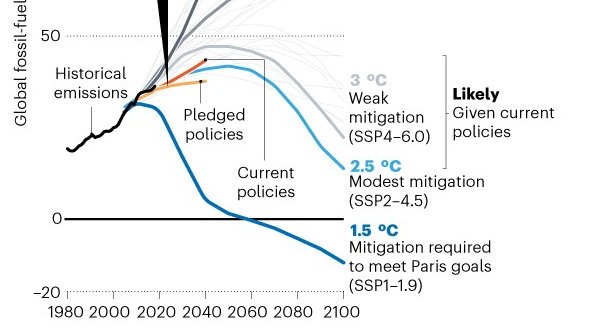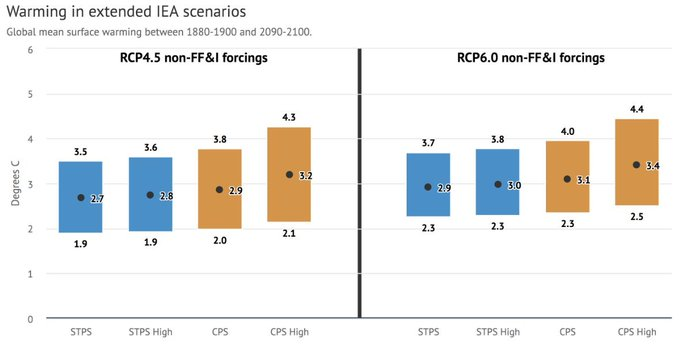
@flimsin @Peters_Glen @ClimateAdam @MichaelEMann @FrediOtto Yes, I was going to mention that more generally there is a misunderstanding that the political goals for limiting warming to round(fish) numbers (1.5C, 2C) represent some sort of physical threshold, beyond which feedbacks suddenly kick in or all is lost in some other way >
@flimsin @Peters_Glen @ClimateAdam @MichaelEMann @FrediOtto And as a variant on that, some folk seem to think that there is some sort of physical significance to warming of 1.5C, 2C at smaller scales, eg. individual countries. These numbers were established as targets to keep *global* warming below (+2C) or to try to limit to (+1.5C)
@flimsin @Peters_Glen @ClimateAdam @MichaelEMann @FrediOtto haha just noticed my typo after "round"! 🐟🤣
@flimsin @Peters_Glen @ClimateAdam @MichaelEMann @FrediOtto There's also a particularly pernicious conspiracy theory that climate scientists (especially those in government institutions) are deliberately hiding some sort of terrible "truth" from the public (that things are even worse than we say)
• • •
Missing some Tweet in this thread? You can try to
force a refresh






